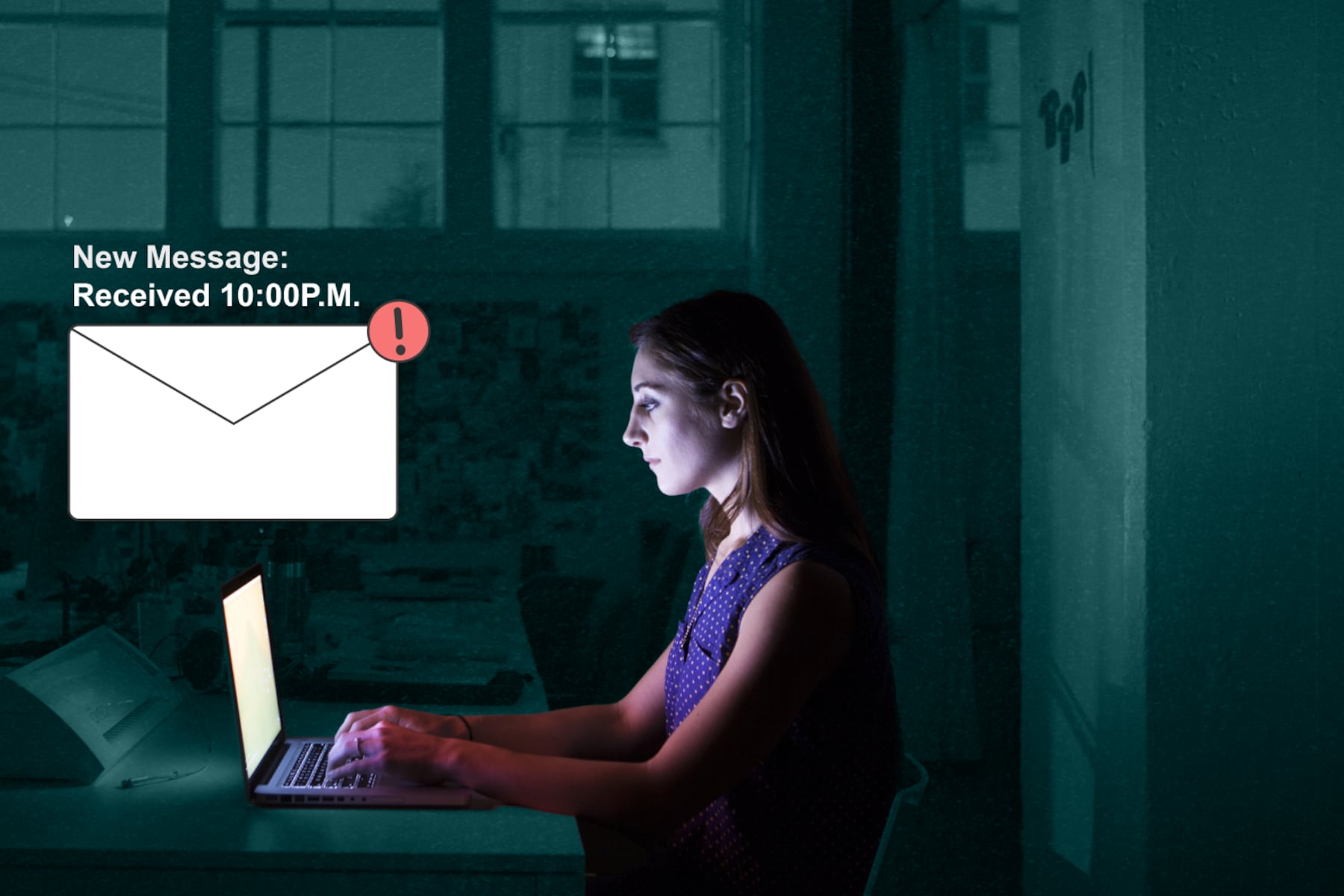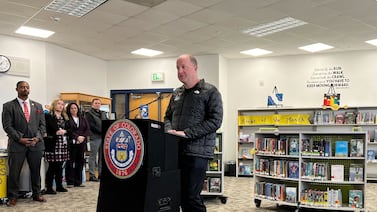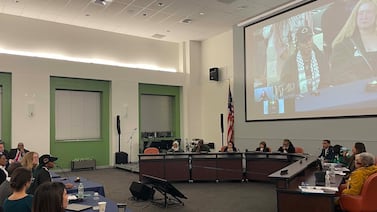Dr. Kem,
Do you have any advice for setting boundaries when it comes to students reaching out after school hours?
I want to be available for my students but I’ve also had parents complain when I don’t email a student back right away, even if it’s late at night.
How do I find a balance? — Access or Excess
[Are you a teacher? Submit your question for our advice column here.]
Dear Access or Excess,
In 2002, the No Child Left Behind Act (NCLB) was passed. (It was replaced by the Every Student Succeeds Act in 2015.) As a parent and an educator, I remember telling myself that NCLB also applied to my own children because I needed to prioritize my role as their mom and their first teacher.
Early in my career, I experienced more challenges with administrators than parents who did not understand my familial boundaries. I was often required to stay after school and work on weekends as a regular part of my job.
For years, I would leave work, pick up my children from school, then drive them back to work with me. When they became teenagers they explained how awful it was for them feeling forced to be my teacher assistants. In fact, they despised teaching as a profession. They held me accountable for putting them before my work.
I learned from them to be intentional about my boundaries.
As much as I would like to be available for my students and their families at all times, boundaries are important for work-life balance. Not setting boundaries can lead to fatigue and a strain on personal and professional relationships. It can also lead to students calling at inappropriate times like when a teacher is asleep (that happened to a colleague).
Think about college professors. On their syllabuses, they list office hours and what to expect during the course. Consider using the same method for your students and their parents. In your beginning-of-the-year materials, list the times you are available and when you will respond — then commit yourself to sticking to those rules.
If you do not have a syllabus to distribute, use your email. Place your office hours in your email signature and communicate that information to your students and their families at meet-the-teacher nights, parent-teacher conferences, and throughout the school year. I have found all of the above methods to be effective.
Then, everyone will know what to expect.
Despite my best intentions, I have answered parent calls during class or first thing in the morning when I needed to prepare for my students.
Sometimes, parent or student calls can be challenging. I usually end those conversations by setting up meetings with parents. Emails and phone calls can be barriers to communication. In-person meetings can be facilitated by an administrator or team lead and alleviate those barriers between teachers and parents.
Remember, you have the power to teach people how to communicate with you. Do not be afraid to hold that power, and if you find your boundaries are not being respected, ask an administrator or a school counselor to support you.
Dr. Kem Smith is Chalkbeat’s first advice columnist. She is a full-time 12th-grade English teacher in St. Louis, Missouri. Submit your question to Dr. Kem via this submission form, and subscribe to How I Teach to receive her column in your inbox.
If you have a rebuttal or additional advice you’d like to share with Access or Excess, please email afterthebell@chalkbeat.org






